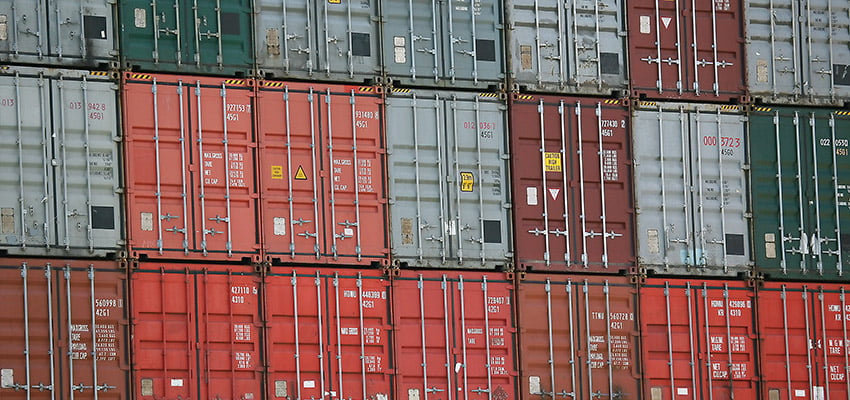A REDUCTION in empty container park capacity, larger containers volumes and a high level of import empty container re-directions are causing significant handling costs in Sydney, the Container Transport Alliance Australia says.
CTAA director Neil Chambers said empty container management situation in Sydney had been getting worse for several months.
“For many container transport operators it has reached the stage where they cannot fully absorb the additional costs,” Mr Chambers said.
“A conservative estimate is that the additional costs being borne by transport operators in managing empty containers in Sydney are between $90 to $200 per container, depending on the level of delay and additional handling necessary.”
Mr Chambers said gate capacity and available truck arrival slots were at a premium at some key Sydney ECPs given the volumes being directed to those facilities by shipping lines.
This was amplified, he said, when the ECPs did not operate regularly after hours or on weekends.
Mr Chambers said a significant contributor to the higher costs was the number and frequency of empty container ‘re-directions’ which were ordered at the discretion of the shipping lines.
He said Port Botany was Australia’s empty container “re-direction capital”, with more than 30 re-direction notices current every day, more than double the number in Melbourne.
“Empty containers destined for one ECP, or for direct wharf de-hire, are suddenly re-directed to another location, causing significant planning difficulties for transport operators who must adjust their fleet and job allocations last minute,” Mr Chambers said.
“These re-directions are occurring to solely suit the shipping lines who want the empty containers sent to a specific location for their next use, including to meet regional rail export empty demands or for international empty repatriation, rather than the shipping line being responsible for the costs of repositioning the empty at a later date.”
Mr Chambers said the lack of sufficient operational notice of re-directions meant trucks with a valid ECP arrival notification were being turned away because a re-direction had been put in place at the last minute.
“This results in futile truck trips, added truck kilometres travelled, more ‘one-way’ under-utilisation of trucks, the need to constantly rearrange empty containers stacked in transport yards, and de-hire time delays,” he said.
Mr Chambers said importers, forwarders and their transport providers should be more proactive in convincing shipping lines that they would direct the empty de-hires there, instead of suffering delays in trying to de-hire to nominated facilities that are congested or have limited opening hours.
CTAA Alliance companies are discussing the current delays and inefficiencies with the ECPs in Sydney, with shipping lines, NSW Ports, Transport for NSW and the NSW Government.
Shipping Australia chief executive Rod Nairn said there had been some recognised congestion delays around ECP access and capacity around Sydney and shipping lines over the past six months.
He said ECPs, stevedores and transport operator were working together in the interests of promoting cost-efficient and sustainable international trade.
“The situation had improved with respect to ECP slots and access management since a meeting between all parties last year,” Mr Nairn said.
“However further delays and complications have since been introduced due to BMSB compliance measures.”
Mr Nairn said efficient and cost-effective movement of freight was in everyone’s best interests so SAL would discuss with members what they considered to be “the common pinch points” and try to figure out what could be done to improve the situation.
“But there are many other players in the logistics chain,” he said.
“Ultimately, shipping lines are required to ensure their empties are appropriately positioned to be available to exporters or transferred overseas, noting that most of them are exported empty.”

